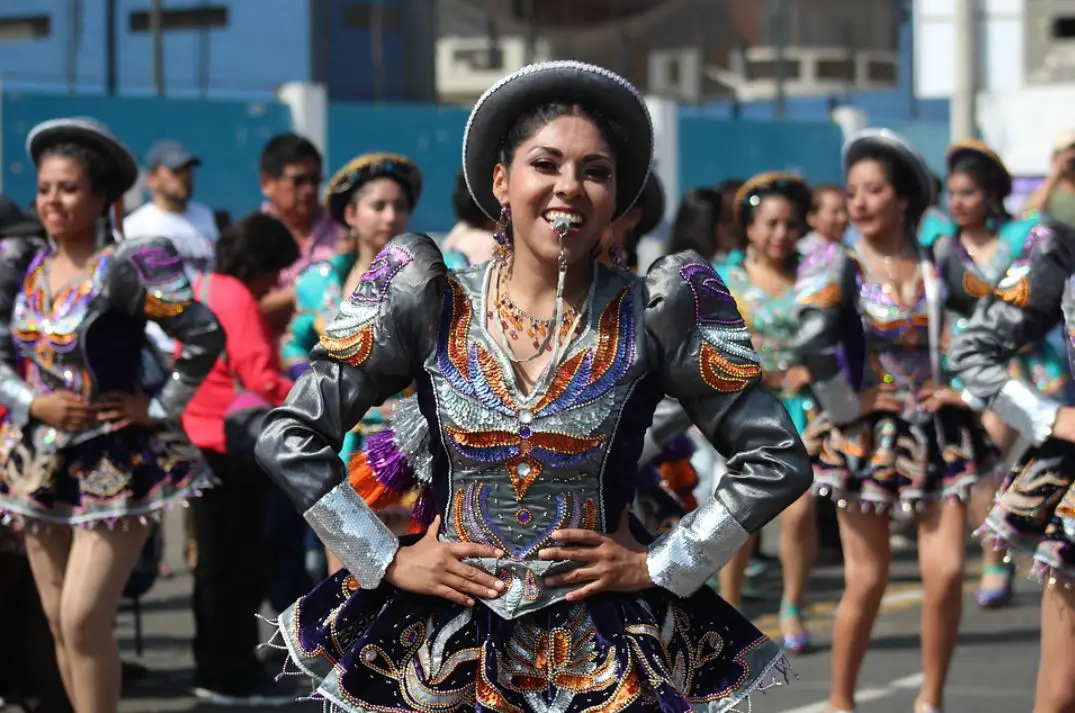Terracotta Army in Xi'an In China: Overview,Prominent Features,History,Interesting facts
Overview:
The Terracotta Army is a collection of terracotta sculptures depicting the armies of Emperor Qin Shi Huang (259-210 BCE) of the Qin Dynasty. The figures, dating from 210 BCE, were discovered in 1974 by some local farmers near Xi'an, Shaanxi province, China. It is a form of funerary art buried with the emperor in 210–209 BCE and whose purpose was to protect the emperor in his afterlife. The figures vary in height according to their roles, with the tallest being the generals. The figures include warriors, chariots, horses, officials, acrobats, strongmen and musicians. Current estimates are that in the three pits containing the Terracotta Army there were over 8,000 soldiers, 130 chariots with 520 horses and 150 cavalry horses, the majority of which are still buried in the pits. Other terracotta non-military figures were also found in other pits and they include officials, acrobats, strongmen and musicians. The Terracotta Army has been called the greatest archaeological find of the 20th century and has been exhibited in museums around the world, including the Museum of Qin Terracotta Warriors and Horses in Xi’an. It is a UNESCO World Heritage Site. It is one of the most beautiful monuments in China
Prominent Features:
1. One of the largest archaeological sites in the world, the Mausoleum of Emperor Qin Shi Huang and his Terracotta Army in Xi'an consists of thousands of life-size terracotta figures crafted in the late third century BCE to protect the iconic emperor in the afterlife. 2. The Terracotta Army is composed of individual soldiers, chariots, horses, archers, officers, and even acrobats and musicians. 3. It is believed that the Terracotta Army was an impressive feat of engineering, crafted from kilns located nearby and then meticulously arranged in battle formation – a true wonder of the ancient world. 4. It is thought that at least 700,000 workers were employed on the mausoleum, some of whom would have worked in pairs and led by master craftsmen to create the statues of the emperor's army. 5. The site's importance was discovered in 1974 by a group of farmers digging a well, and since then many of the figures have been excavated and made available to visitors and researchers. 6. Today, the Terracotta Army remains the largest collection of ancient sculptures ever uncovered in the world and is a must-see attraction for anyone visiting China. You can learn history, culture, and heritage through these magnificent monuments in China.
History:
The Terracotta Army is a collection of sculptures depicting the armies of China’s first emperor, Qin Shi Huang (259–210 BCE). The life-size terracotta figurines and chariots, which were discovered in 1974, date back more than 2,000 years. The terracotta warriors were constructed to honor Qin Shi Huang and protect him as he traveled eternity in the afterlife. It is thought that the construction of the terracotta army began in 246 BCE and took nearly a decade to complete. The vast army includes many different types of figures including infantrymen, horses, chariots, officers, archers, and other mechanical sculptures. The Terracotta Army has been recognized as one of the world’s most impressive archaeological discoveries. The clay models were discovered in three separate pits that were neatly arranged in the form of a battle formation. The three pits, which cover an area of nearly 20,000 square meters, contained over 8,000 terracotta figures in total. In addition to the sculptures, Qin Shi Huang’s necropolis (burial complex) also included an array of priceless artifacts, including a large mausoleum complex of palaces, pavilions, towers, tombs, and treasure troves. The necropolis was also protected by a series of walls and two rivers, which acted as additional fortifications. The Terracotta Army has become a major tourist attraction in Xi’an, drawing millions of visitors each year. It was declared a UNESCO World Heritage Site in 1987 as an “exceptional testimony to Qin Shi Huang’s vision for his afterlife.” The warriors stand as a lasting reminder of the power and influence of the Qin Dynasty and of the Chinese empire. Visit one of the famous monuments of China with your friends and family.
Interesting facts:
1. The Terracotta Army is a collection of more than 8,000 terracotta sculptures depicting the armies of Qin Shi Huang, the first emperor of China, and were buried with the emperor in 210–209 BC 2. The Terracotta Warriors are human size, but they vary in height, uniform, and hairstyle depending on the rank of the soldier. 3. Evidence suggests that the terracotta army was created using real-life molds, which meant that no two warriors were exactly alike. 4. Every single soldier in the Terracotta Army is unique, down to the little details like facial features and hairstyles. 5. The figures were originally painted in bright colors, but the paint has flaked off after 2200 years underground. 6. The Terracotta Army was discovered by farmers digging a well in 1974. 7. In 1975, UNESCO declared the mausoleum a World Heritage Site. 8. The Terracotta Army is the most significant archeological excavation of the 20th century. One of the historical monuments of China, it tells the story of a bygone era
Explore China most popular tourist destination with us. Terracotta Army in Xi'an In China: Overview,Prominent Features,History,Interesting facts,which is 35.14 km away from China main town, is the most popular destination to add in your travel wishlist.
-
City:
China
-
state:
Shaanxi
-
country:
China
-
country code:
CN
-
postcode:
710000
Location:
Shaanxi China

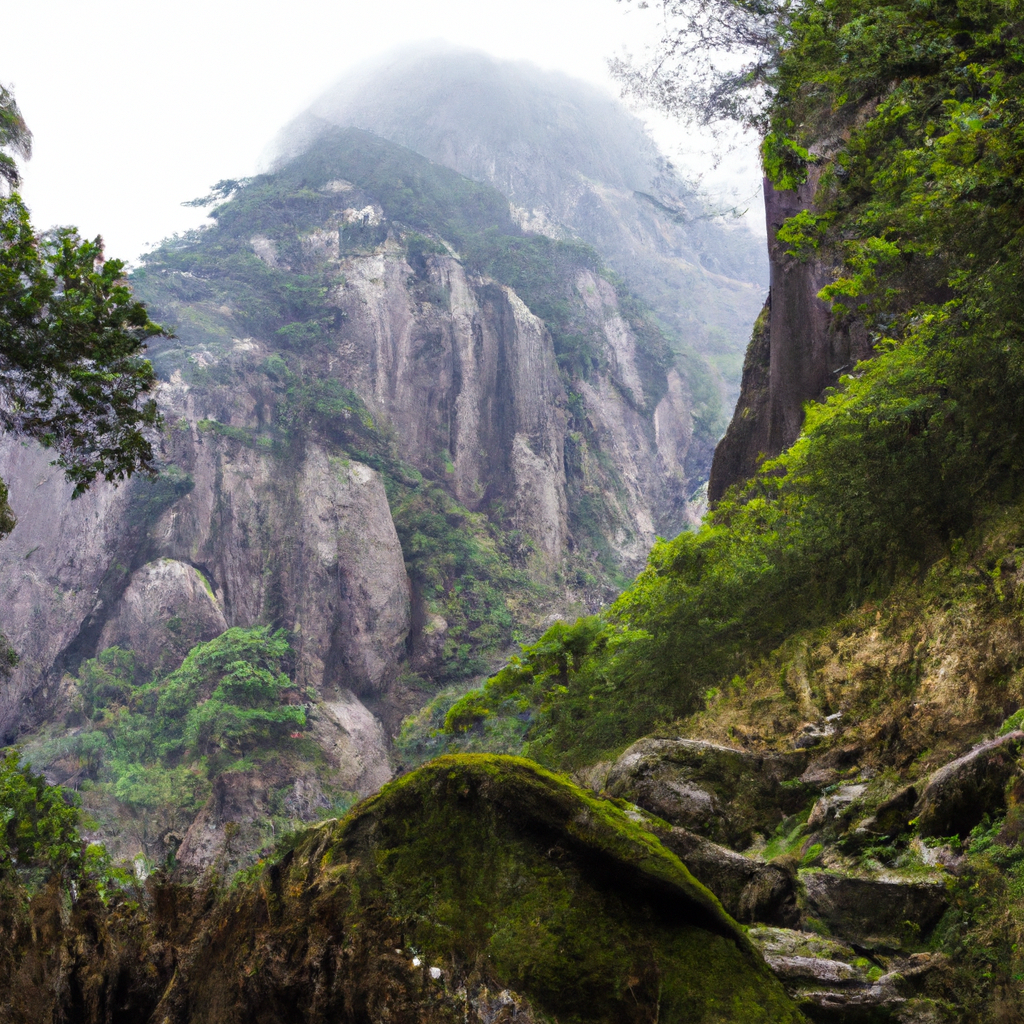
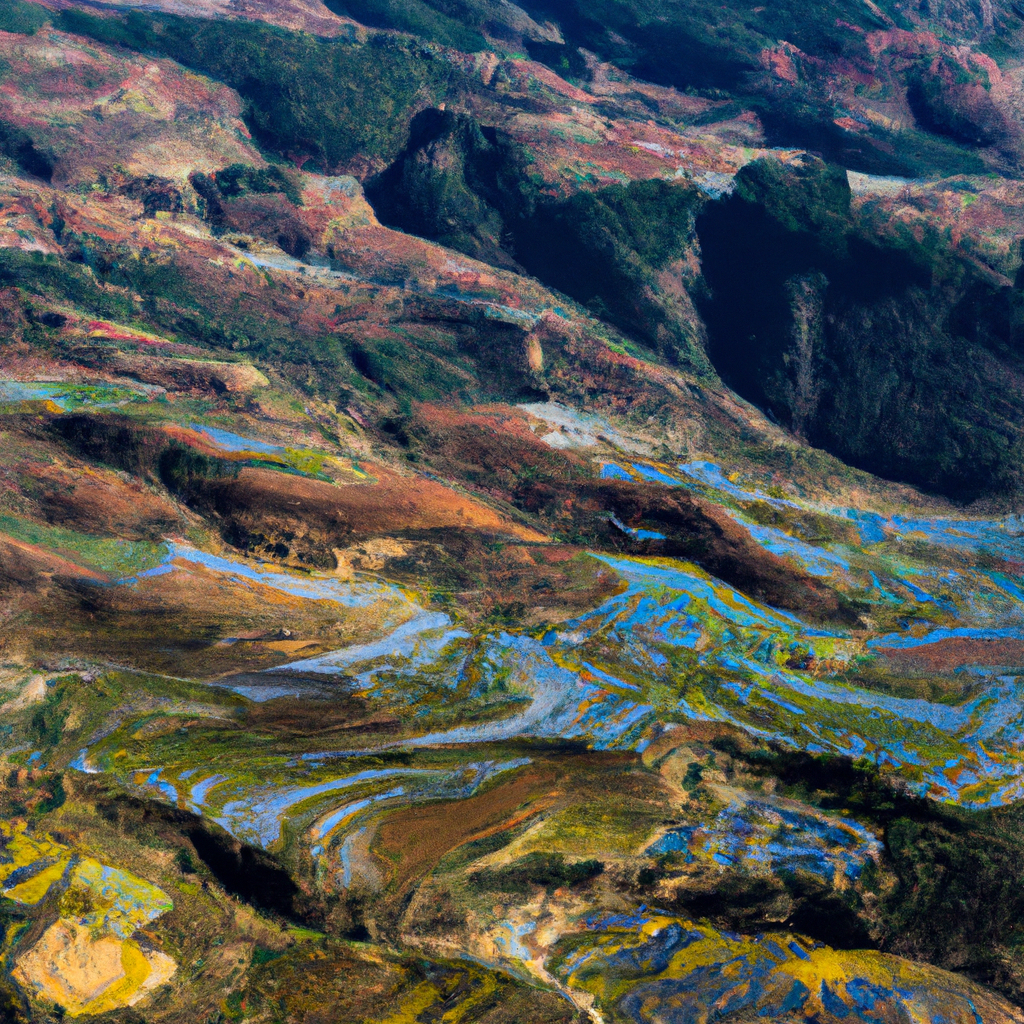
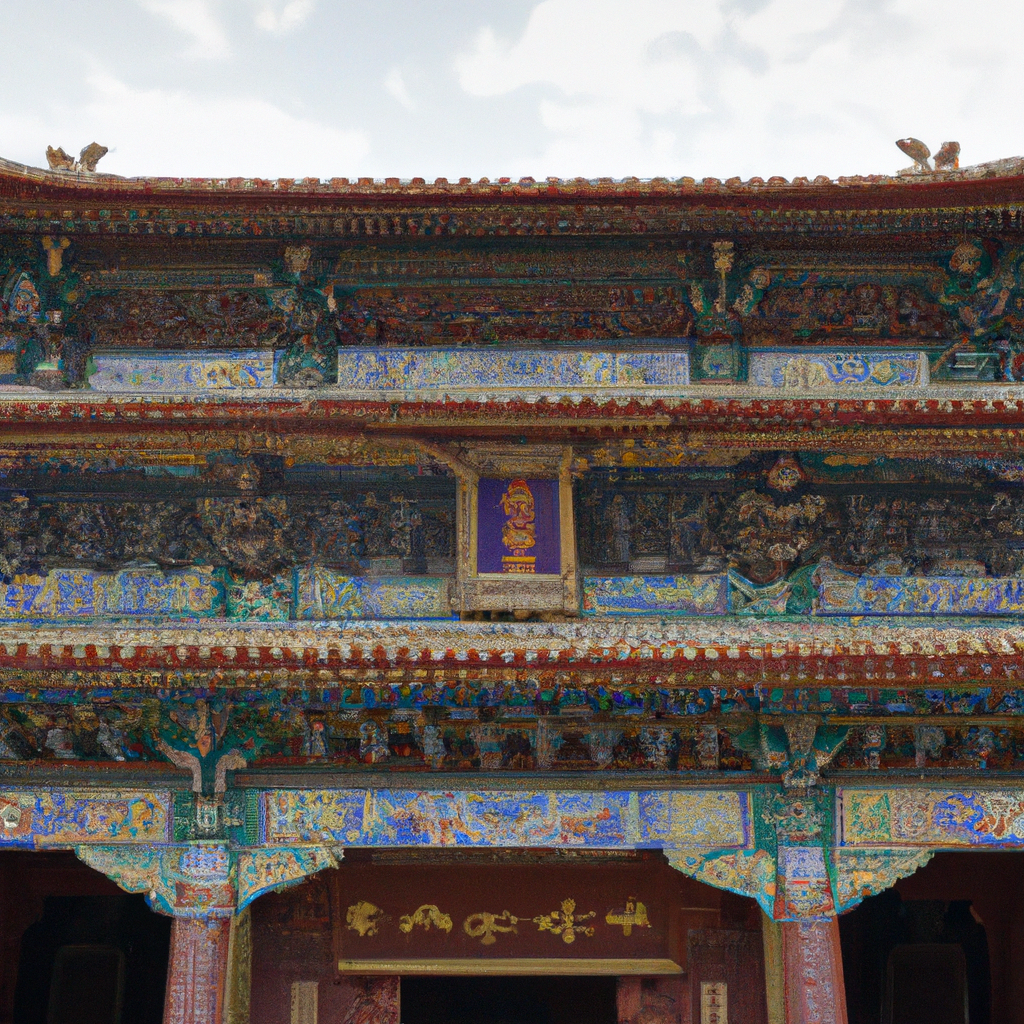
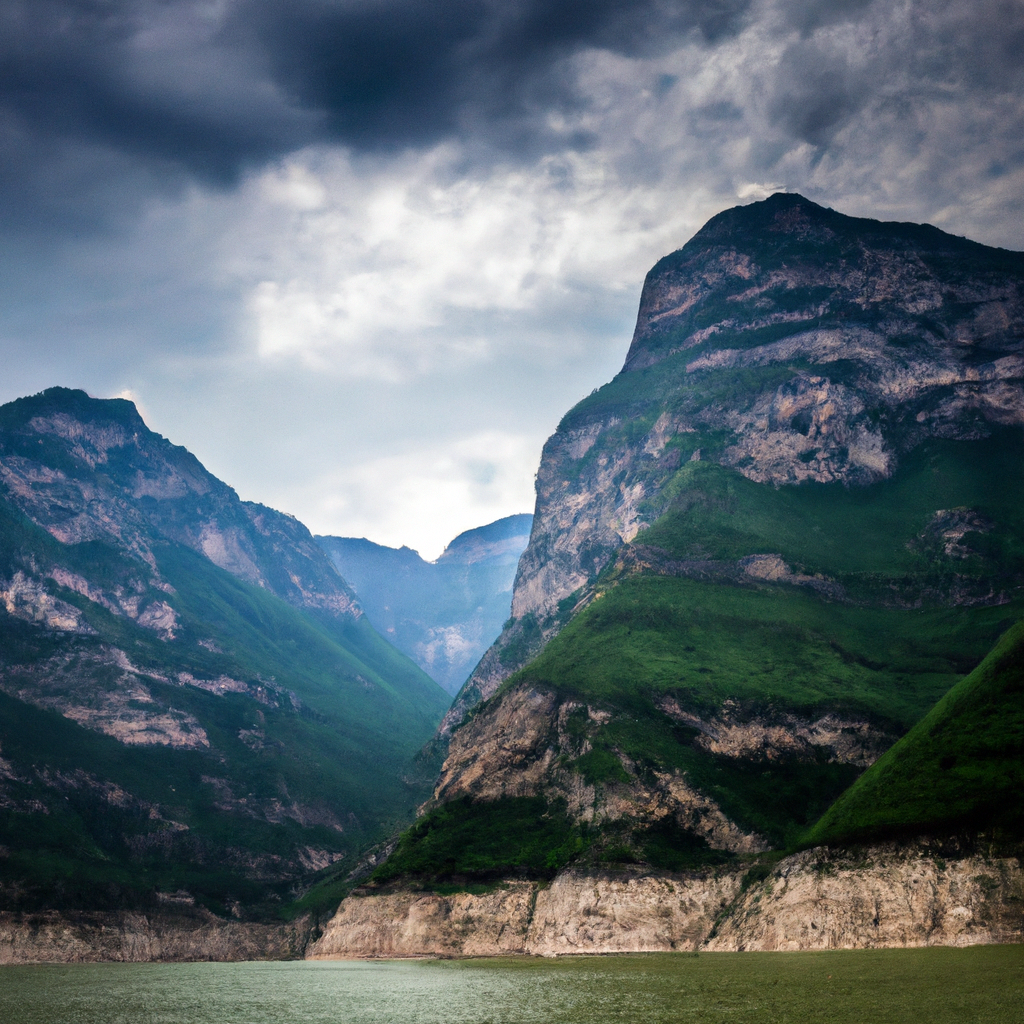
 in Beijing In China.png)



